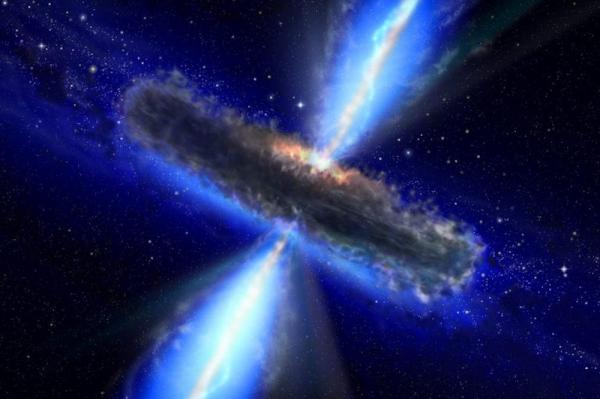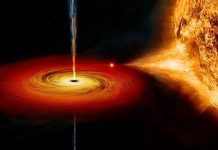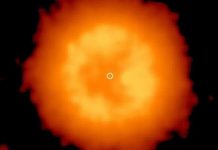
May 20 (UPI) — By plotting supermassive black holes from the distant universe, researchers have revealed the large scale of the distant universe. Scientists say it’s the first time such a technique has been used to map the cosmos.
The new map revealed the accelerating expansion of the early universe, which astronomers believed was influenced by dark energy. Astronomers used data collected by the Sloan Digital Sky Survey to construct the map.
Quasars served as the map’s main plot points. Quasars are some of the most luminous objects in the universe. The accretion disk surrounding the supermassive black holes, found at the center of galaxies, emit intense beams of radiation.
The beams of more than 147,000 quasars were analyzed to construct the map. The ancient beams showcase the universe as it was between three and seven billion years old.
Quasars alone weren’t enough to reveal the expansion of the early universe. Researchers also had to analyze patterns of sound waves called baryon acoustic oscillations. These waves propagated throughout the early universe when the cosmos was hotter and denser. But as the universe spread out and cooled, the waves were frozen in place, imprinting on a permanent 3D structure in the early universe.
These frozen waves serve as benchmarks, allowing researchers to measure the universe’s shifting dimensions.
“You have metres for small units of length, kilometres or miles for distances between cities, and we have the BAO for distances between galaxies and quasars in cosmology,” Pauline Zarrouk, a PhD student at the University Paris-Saclay, said in a news release.
Astronomers hope the new map will help them better understand mysterious cosmic forces like dark energy. While researchers can measure the effects of dark energy, the force itself is still not well understood.
“Even though we understand how gravity works, we still do not understand everything — there is still the question of what exactly dark energy is,” said Will Percival, a professor of cosmology at the University of Portsmouth in England. “We would like to understand dark energy further. Not with alternative facts, but with the scientific truth, and surveys.”





